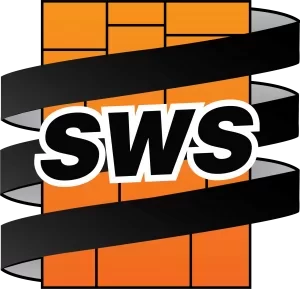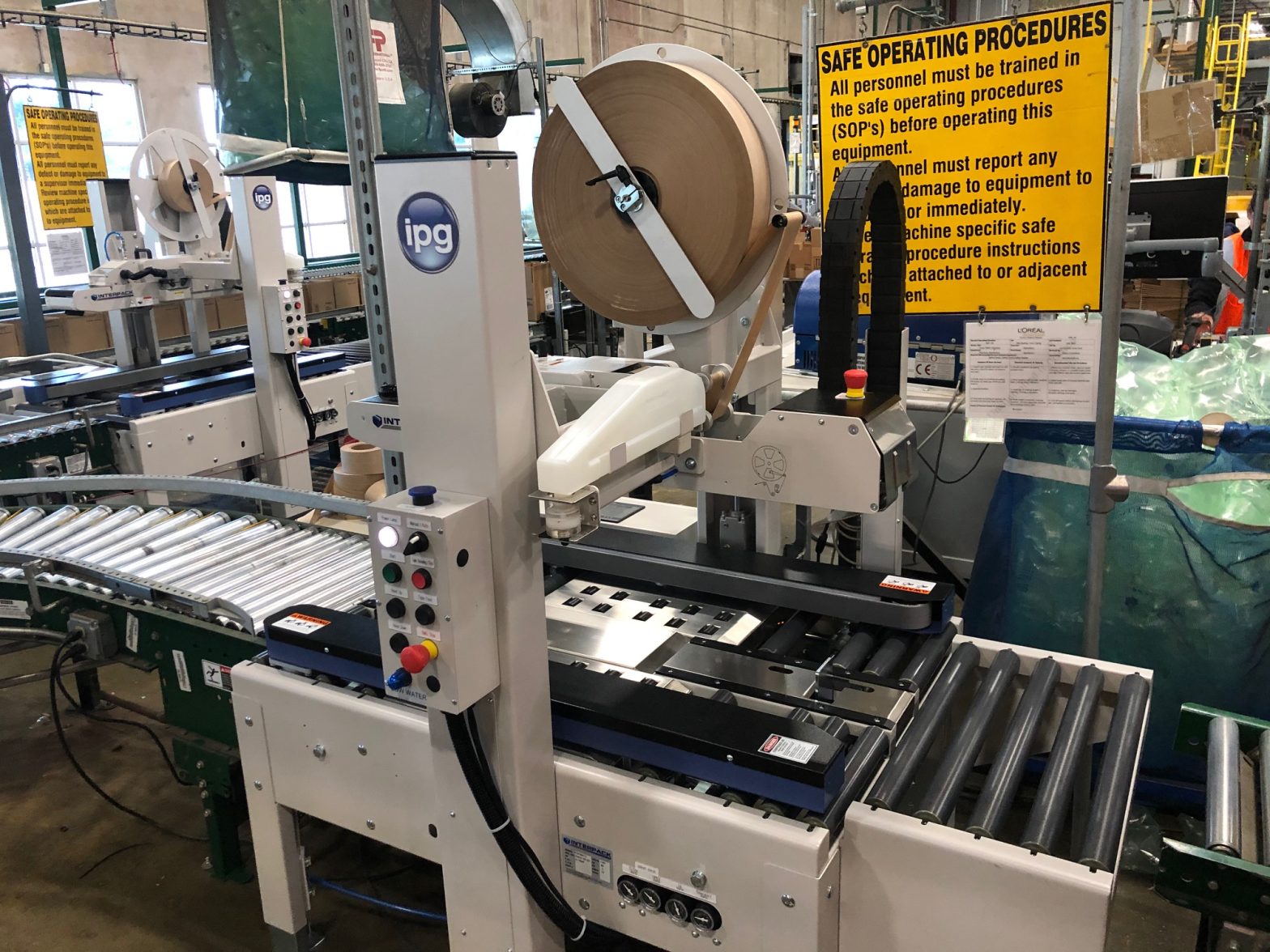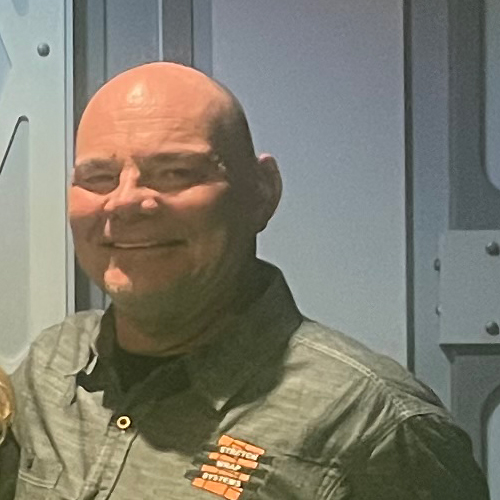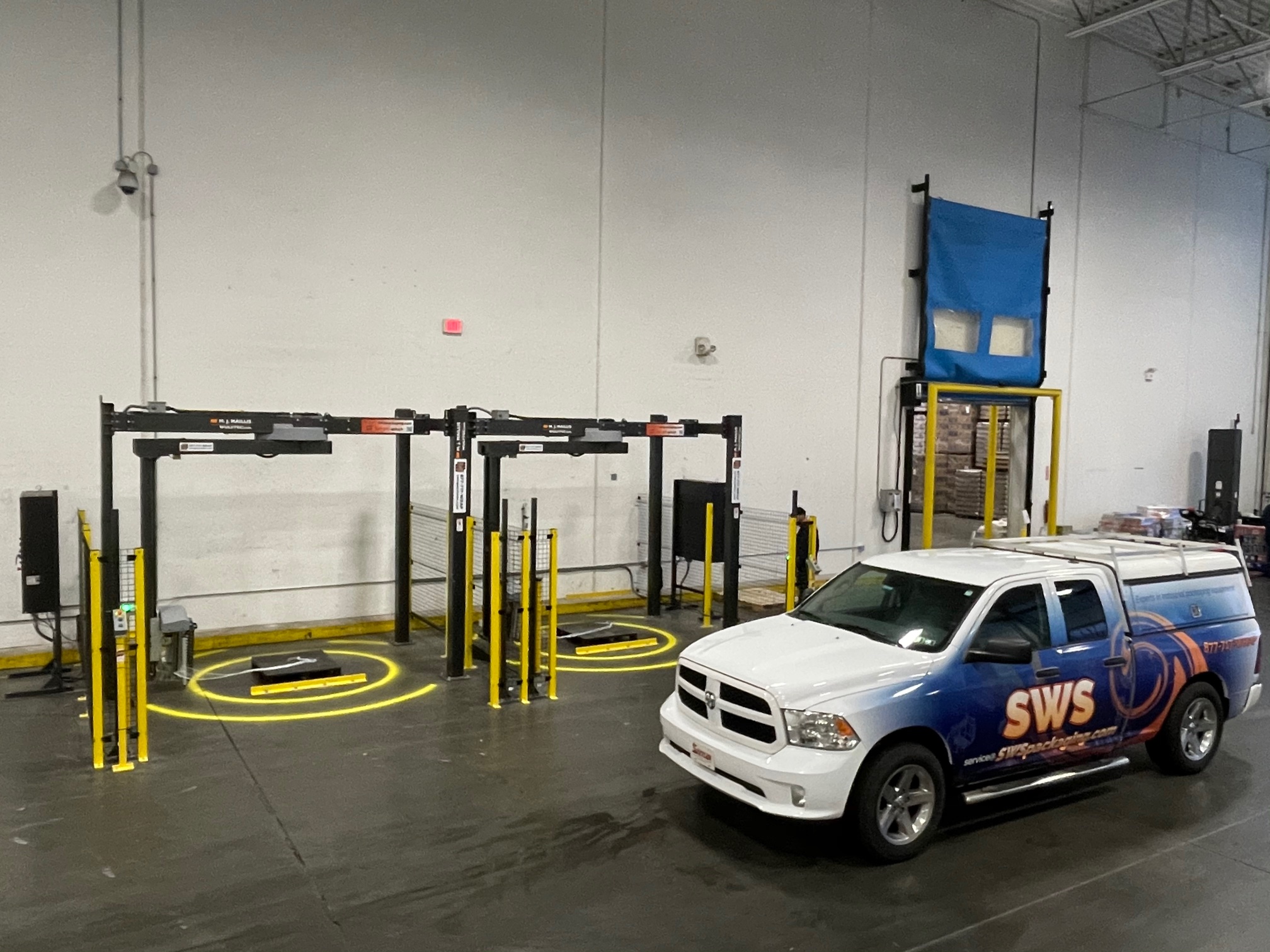Tape is an adhesive material used to join or stick two surfaces together. It is a versatile material used in many industries, including packaging, construction, automotive, and aerospace. The history of tape can be traced back to ancient times when people used tree resin to glue objects together. Over time, tape has evolved and become a critical component in modern manufacturing processes, particularly in the packaging industry.
The earliest known tape was made from plant fibers and used in ancient Egypt around 2000 BC. The tape was made from reeds and other plant materials and used to secure objects like papyrus scrolls. In the Middle Ages, glue was used to join pieces of paper together, which eventually evolved into the production of paper tape in the early 19th century.
In 1845, the first pressure-sensitive adhesive was invented by Dr. Horace Day. The adhesive was made from natural rubber and applied to paper to create a tape that would stick to surfaces without the need for heat or water. The first tape of this kind was called “masking tape” and was primarily used in painting and decorating.
Over the years, tape has evolved to suit a wide range of applications. Today, there are many different types of tape available, each designed to perform specific tasks. Some of the most common types of tape include duct tape, electrical tape, double-sided tape, and packaging tape.
In the packaging industry, tape is used to seal boxes, bags, and other packaging materials. The primary function of packaging tape is to keep products safe during shipping and handling. The tape must be strong, durable, and able to withstand harsh environments, such as extreme temperatures and humidity.
There are several types of packaging tape available, each with its own unique properties. One of the most popular types of packaging tape is pressure-sensitive tape. This tape is made from a thin, flexible material and coated with an adhesive on one side. The tape is easy to use and can be applied to a wide range of surfaces. Pressure-sensitive tape is ideal for securing lightweight packages, such as envelopes and small boxes.
Water activated kraft tape is another popular type of packaging tape. This tape is made from kraft paper, which is a strong, durable material made from wood pulp. The tape is activated by water, which causes the adhesive to bond to the surface. Water activated kraft tape is ideal for heavy-duty packaging applications, such as shipping boxes and cartons. The tape creates a strong, tamper-evident seal that is difficult to remove without leaving evidence of tampering.
In addition to different types of tape, there are also machines used for the automatic application of tape in a production environment. These machines are designed to boost productivity and efficiency in the packaging process. There are several types of tape machines available, including manual, semi-automatic, and fully automatic machines.
Manual tape machines require an operator to place the box on the machine and apply the tape manually. Semi-automatic machines are designed to apply the tape automatically, but the operator is required to place the box on the machine and initiate the process. Fully automatic machines are the most advanced and require no operator intervention. These machines can automatically apply the tape to boxes and cartons as they move along a conveyor belt.
The use of tape machines can significantly increase productivity in a production environment. They are particularly useful for large-scale operations, such as e-commerce warehouses and manufacturing facilities. Tape machines can reduce the time and labor required to apply tape manually, which can result in significant cost savings for businesses.
Tape has a rich history and has evolved to become a critical component in modern manufacturing processes, particularly in the packaging industry. There are many types available, each designed to perform specific tasks – and we can help you find exactly what you need.










